Urban landscape photography is a documentation of where we live. Where street photography often includes human subjects (not always), urban landscape photography has no such prerequisite. You’ll often hear it referred to simply as urban photography which can be a little confusing as it sounds a bit ambiguous. If I were to create a hierarchy it would probably start with urban photography and then have the subsets of street photography and urban landscape photography side by side (think family tree where urban landscape and street photography are siblings). Have I confused you enough yet? Simply put, urban landscape photography tends to document the where while street photography’s emphasis is on the who.
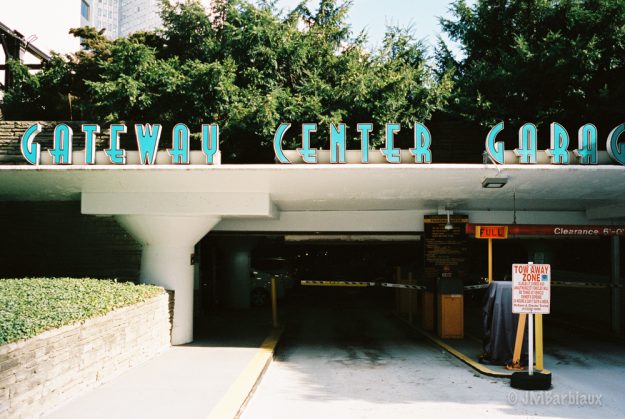 Whether you’re a landscape, portrait, wedding, or street photographer, shooting urban landscapes can improve your photography. Urban landscape photographers have the difficult task of taking normal scenes, scenes people see day after day, and capturing them in a way that makes them look interesting.
Whether you’re a landscape, portrait, wedding, or street photographer, shooting urban landscapes can improve your photography. Urban landscape photographers have the difficult task of taking normal scenes, scenes people see day after day, and capturing them in a way that makes them look interesting.
Here are some tips to help you capture more interesting urban landscape images:
Composition
Unlike traditional landscape photography, urban landscapes often look great up close and personal. Don’t worry about trying to get as much of the scene in your frame as possible like you would when shooting landscapes. Try to move a little closer and only include things that add to the composition of the photograph. If something gets cut off, like the van above, viewers minds will fill in the blanks.
Color
Having contrast between colors in the frame will add interest and grab viewers attention. If your preferred photography flavor is black and white you can capture contrast between light and dark.
You should approach urban landscape photography the same way you would any other type of photography… The idea isn’t to simply point and shoot at every car, house, alley, or building you come across. What about the scene you are about to photograph speaks to you. For instance, aside from the pleasing colors in the photograph above, what caught my attention was the bike (reminds me of a scene from Italy) and the large shadow of the tree. Though there is only a small portion of the tree at the top of the frame the shadow it casts makes it seem as if the tree is a huge presence here.
Timing
Just like landscape photography, the light you shoot in will have a huge impact on the quality of image. With that being said, urban landscape photography can be shot in the harshest of light depending on what you fill your frame with. In fact, in the middle of the afternoon when most photographers grab lunch or a coffee, you’ll likely find me ducking in and out of side streets capturing street or urban landscape photography to take advantage of the “harsh” light.
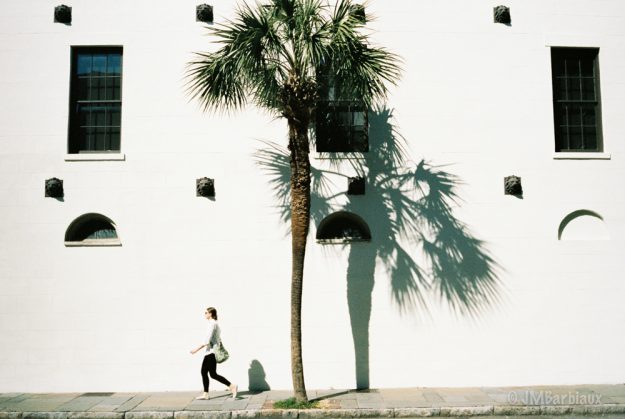 One of the best things about urban landscape photography is its ability to help you improve other types of photography as I mentioned above. You can take your time and compose an urban landscape over and over again, eventually you’ll figure out what looks best and train your mind to spot great backdrops for things like street, wedding, and portrait photography.
One of the best things about urban landscape photography is its ability to help you improve other types of photography as I mentioned above. You can take your time and compose an urban landscape over and over again, eventually you’ll figure out what looks best and train your mind to spot great backdrops for things like street, wedding, and portrait photography.
The image above was taken in Charleston while I waited for my wife to finish up in one of the boutiques. I first spotted the contrast between the tree, shadow, and white wall and then decided to wait for someone to walk by to add the human element. If I were a wedding or portrait photographer in Charleston I would use this wall for all sorts of shots.
All of the photographs you see here were taken with the Leica M7 on Kodak Portra 400
film. Please feel free to leave your thoughts in the comments section below.

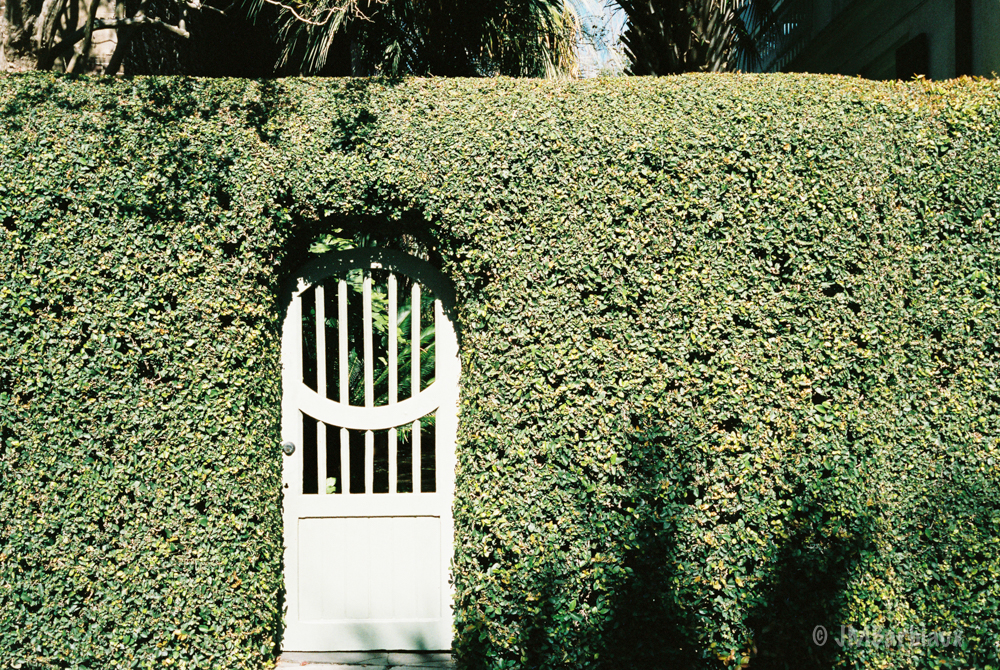
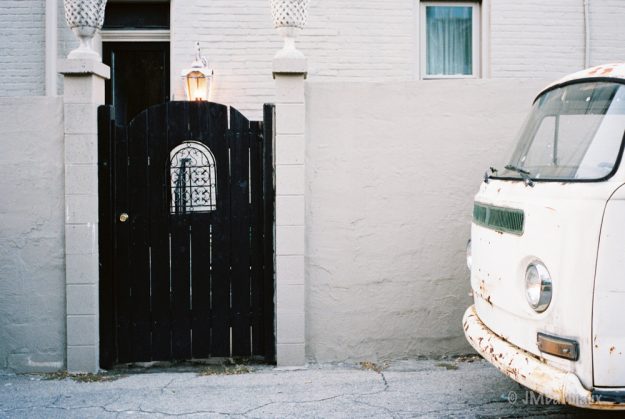
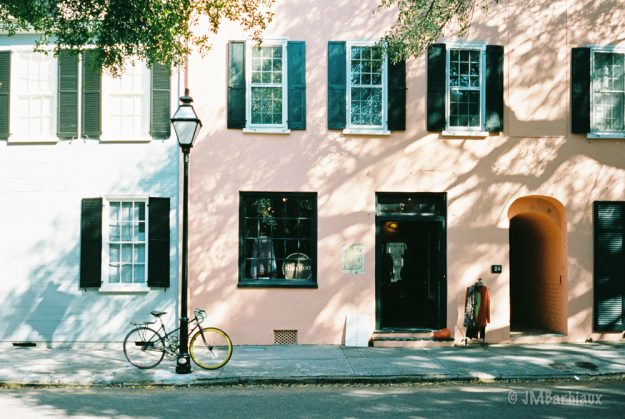
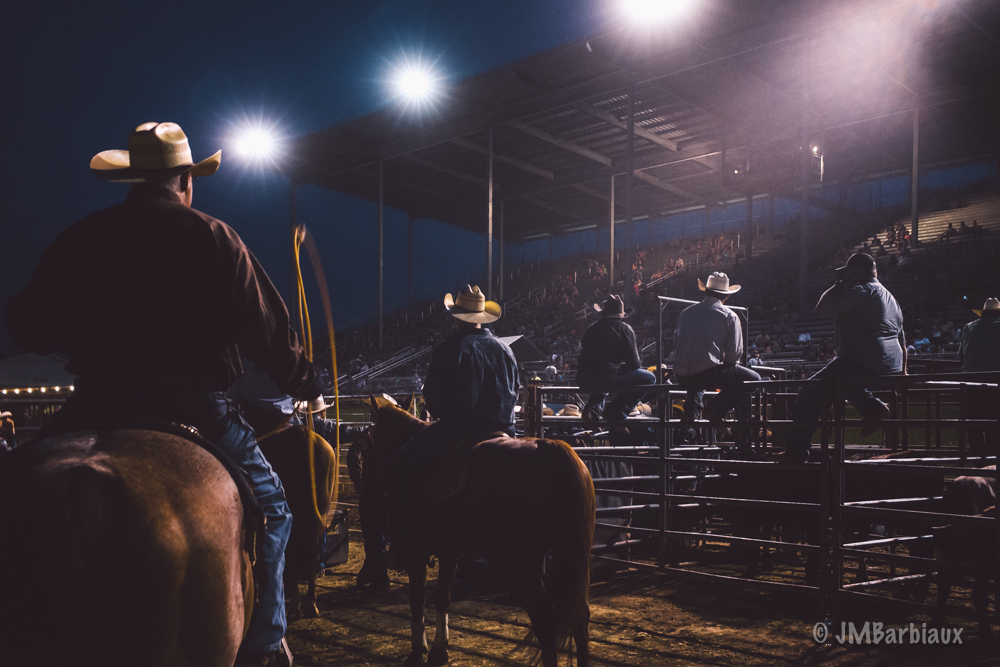
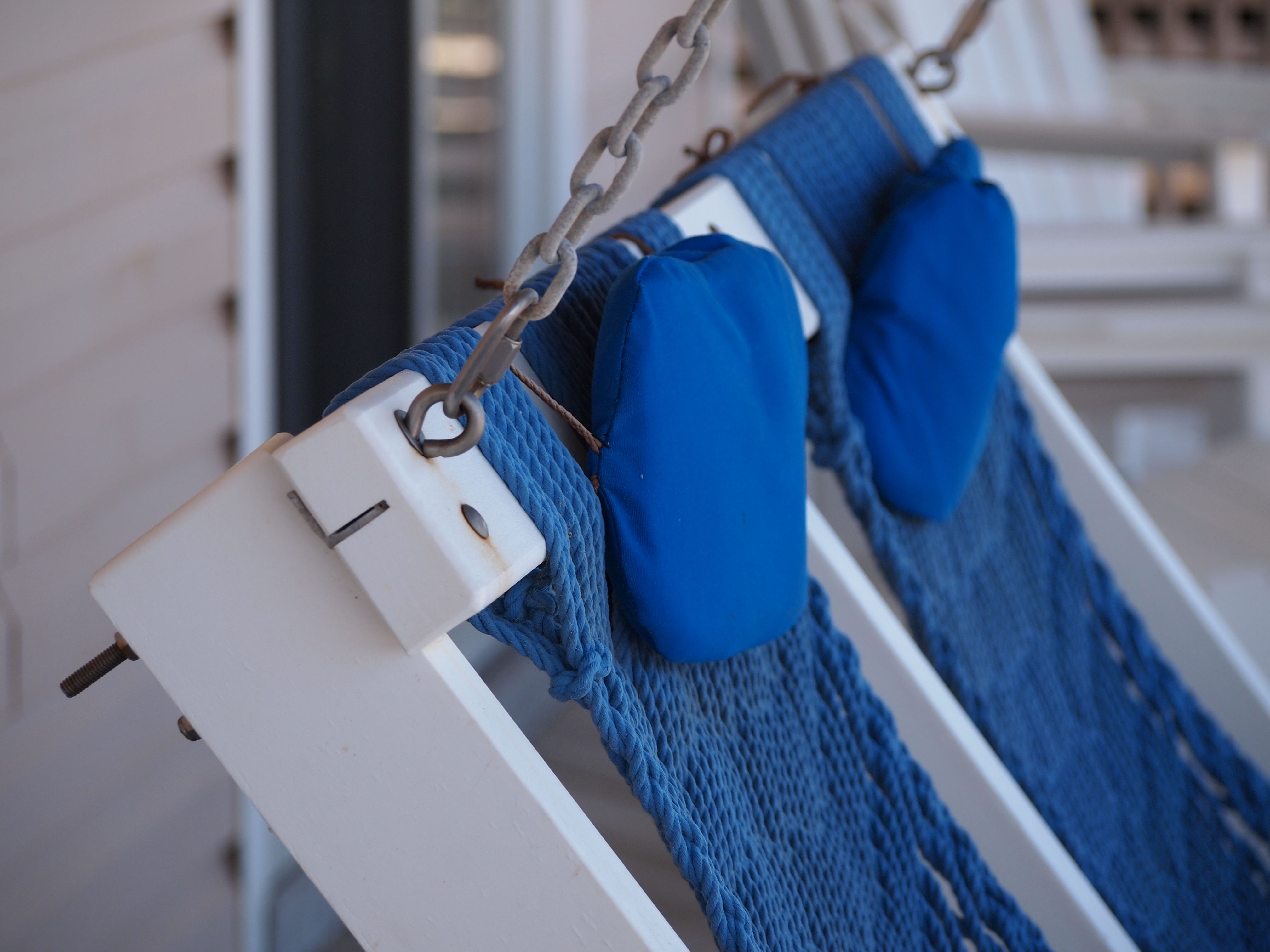
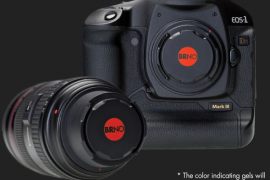
Good article. Just wondering why your shooting 400 ASA film in broad daylight?
Thanks. Either using an ND filter or shooting with a narrow aperture. Generally just a narrow aperture as I shoot street using zone focusing 99.9% of the time.
If you were doing the same style of street shooting using a autofocus digital camera, would you set the camera up the same? If you would, then aside of film being film which can be duped with software, why use film? I understand the feel of the camera that one is using may be an added tactile shot of creativity.
Lewsh, you’ve inspired me to write another article about this subject but the short and sweet answer (kinda) is because I can or want to I suppose (in regards to settings it just depends on what and when I’m shooting). If you have not shot with film in a while I would encourage you to give it a try and then revisit this question. I can guarantee you’ll approach your photography a little differently. Even though we can set our digital cameras up in a similar fashion, we can’t rewire our brains to not want to squeeze every ounce of potential from the tool (camera) we are using. For instance, even though I could restrict myself to a shot every second (no more) and only 36 shots before having to pause for a minute or so to “reload my film” I can assure you if I’ve got my digital camera in hand and a decisive moment is happening (or I think it’s about to) I will continue shooting and throw my make-believe restrictions on the back-burner. This isn’t possible with my film camera and I find that I am much more deliberate about shots. All that aside, I find that being proficient and building a portfolio of images that were created with film sets me apart from my ever growing competition in fine art photography (or any other type these days). For instance, my social media and website numbers have increased quite substantially since shooting with film and writing/sharing the experience… Two places where most of my clients find me. I hope that gives you some insight and encourages you to give film a second chance. At the end of the day what you shoot with is a very personal choice and though I admire (and normally share) your logical approach, I’d tell you to shoot whatever motivates you to get out and shoot. Nothing more, nothing less. If that means you have to build a camera out of cereal boxes and junk from your garage then I’m all in and excited to see what you come up with. Thank you for sharing your thoughts and keep shooting!
I’ve reread your thoughtful response many times over. The question is the rewiring of the mind. Can people really do this? I rarely use even continuous low frame rate as I try to be more deliberate with my frame composition. Put a motor drive on a film camera and your limited by the film length. Go to the far side and use a view camera and composition becomes paramount. So I guess what is really at hand is mind set and can photographers control themselves? I think they can with self imposed limitations similar to using film.
Glad to hear that your following is growing.
P.S. After shooting film for decades with darkroom work, etc, digital is a dream come true.
Whoops, thought you asked how I shot with 400 film. The why is that I don’t want to have to change film when going into buildings or shadow areas. I find 400 to be perfect to keep shutter speed fast and not blur subjects on the street. I shoot 400+ on digital cameras in daylight as well unless there is no worry of light change.